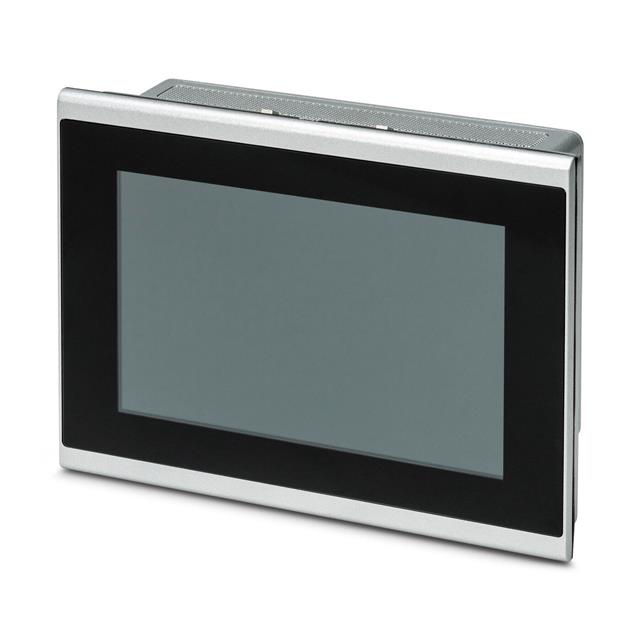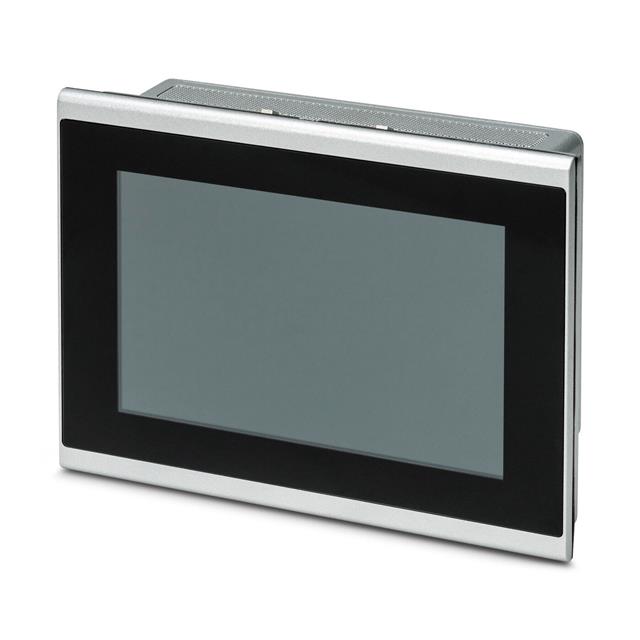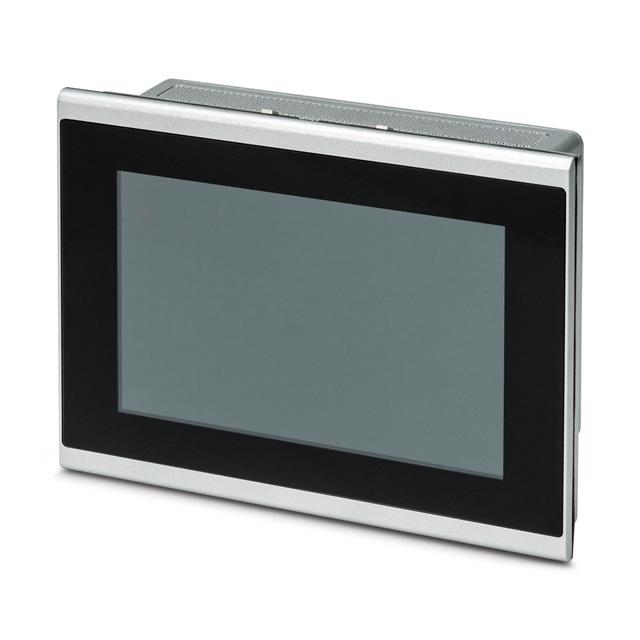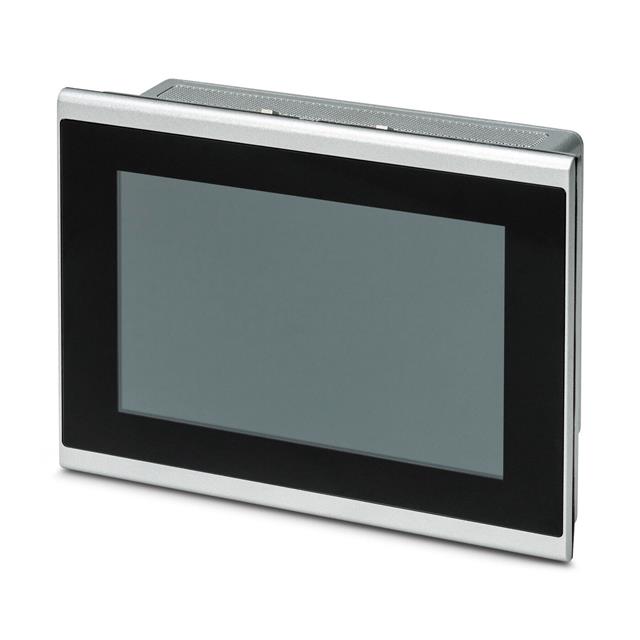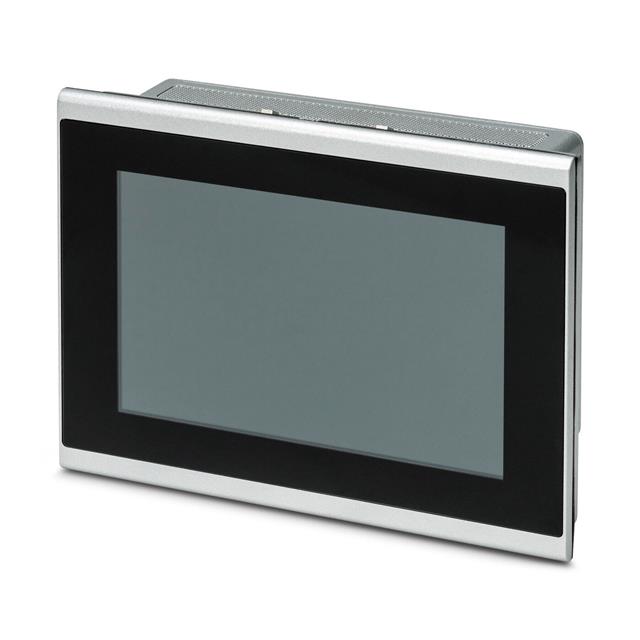WP6000 Series, LCD, OLED, Graphic
Results:
5
Manufacturer
Series
Size - Display
Case Color
Operating Temperature
Type
For Use With/Related Products
Display Type
Ingress Protection
Voltage - Supply
Features
Results remaining:5
Applied Filters:
WP6000
About LCD, OLED, Graphic
LCD, OLED, and Graphic Display Modules are types of displays that utilize liquid crystal or organic light emitting diode (OLED) technology to provide visual graphics. These displays come in various types, including CSTN (Color Super-Twisted Nematic), FFSTN (Film Compensated Super-Twisted Nematic), FSTN (Film Super-Twisted Nematic), LCD (Liquid Crystal Display), monochrome, OLED, plasma, STN (Super-Twisted Nematic), and TFT (Thin Film Transistor). These display types offer different characteristics and performance capabilities. The display modes of these modules can be classified as passive, reflective, transflective, and transmissive. Passive displays rely on external light sources to illuminate the screen, while reflective displays utilize ambient light to create images. Transflective displays combine both reflective and transmissive properties, allowing for visibility in various lighting conditions. Transmissive displays use a backlight to provide illumination for the display. Additionally, touchscreen functionality is available in these display modules, with two common styles being capacitive and resistive touchscreens. Capacitive touchscreens detect touch through the change in electrical properties caused by a conductive material, typically the user's finger. Resistive touchscreens use pressure applied by a stylus or finger to create contact between layers of the touchscreen, thus registering the touch input. These display modules find applications in a wide range of devices, such as smartphones, tablets, wearables, automotive displays, industrial equipment, medical devices, and more. They offer high-resolution graphics, vibrant colors, and versatile display options to enhance the user experience. In summary, LCD, OLED, and Graphic Display Modules utilize liquid crystal or organic light emitting diode technology to provide visual graphics. They come in various display types and modes, such as CSTN, FFSTN, FSTN, LCD, monochrome, OLED, plasma, STN, and TFT, with passive, reflective, transflective, and transmissive display modes. Touchscreen options are available in capacitive and resistive styles. These display modules are widely used in various devices for their high-quality graphics and versatile performance.

